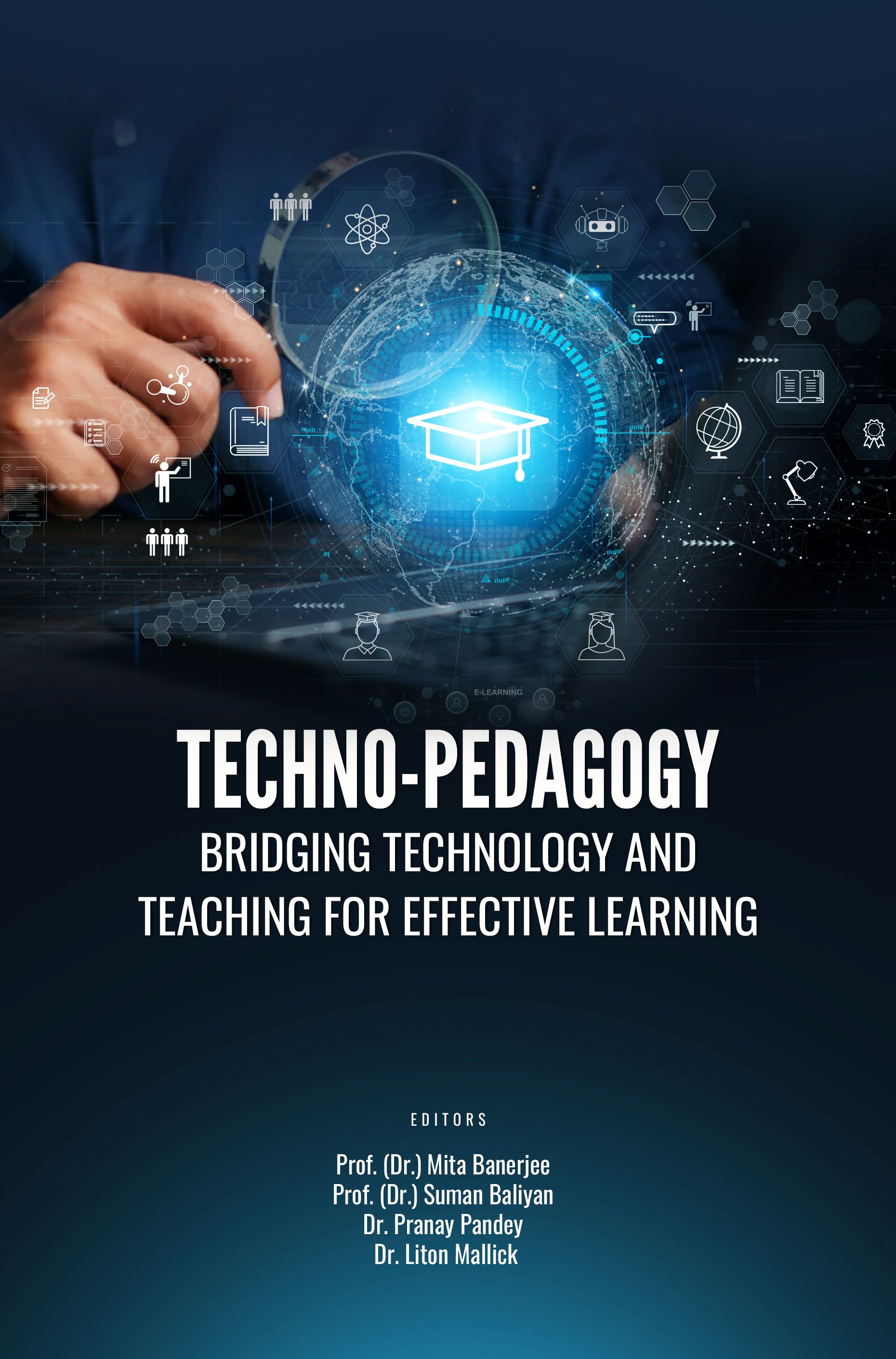BLENDED LEARNING: A PARADIGM SHIFT
DOI:
https://doi.org/10.25215/9358097477.16Abstract
Blended learning is a novel concept that integrates the finest features of traditional classroom education with ICT-supported learning, including both online and offline learning. It provides chances for collaborative learning (CAI), computer-assisted learning, and constructive learning. Blended learning needs a lot of work, the right mindset, a big budget, and highly motivated teachers and students to be implemented successfully. Blended learning is a teaching method that combines online learning resources and online engagement possibilities with traditional place-based classroom tactics. The learner has some influence over the course, time, place, and pace, and both the teacher and the student must be there in person. Even while students attend "brick-and-mortar" schools with teachers present, computer-mediated activities are integrated with face-to-face classroom practices in terms of content and delivery. Blended learning is also used in training and professional development settings. Students can advance at their own pace and skill level using integrated learning. Blended learning provides more flexibility because it permits learning to occur whenever and anywhere. A broader regional reach is feasible because attendance at class is no longer required. Students who are unable to attend class at normal times of the week or day benefit from this. This group includes learners who are physically limited, work full-time jobs, have small children, or live in different cities. This article examines the concept of blended learning, highlighting its essential elements and prerequisites for implementation. The potential of blended learning in the Indian educational system is also discussed. Furthermore, the present study endeavors to elucidate the rationale behind the necessity of the blended learning approach.Published
2024-10-15
Issue
Section
Articles


